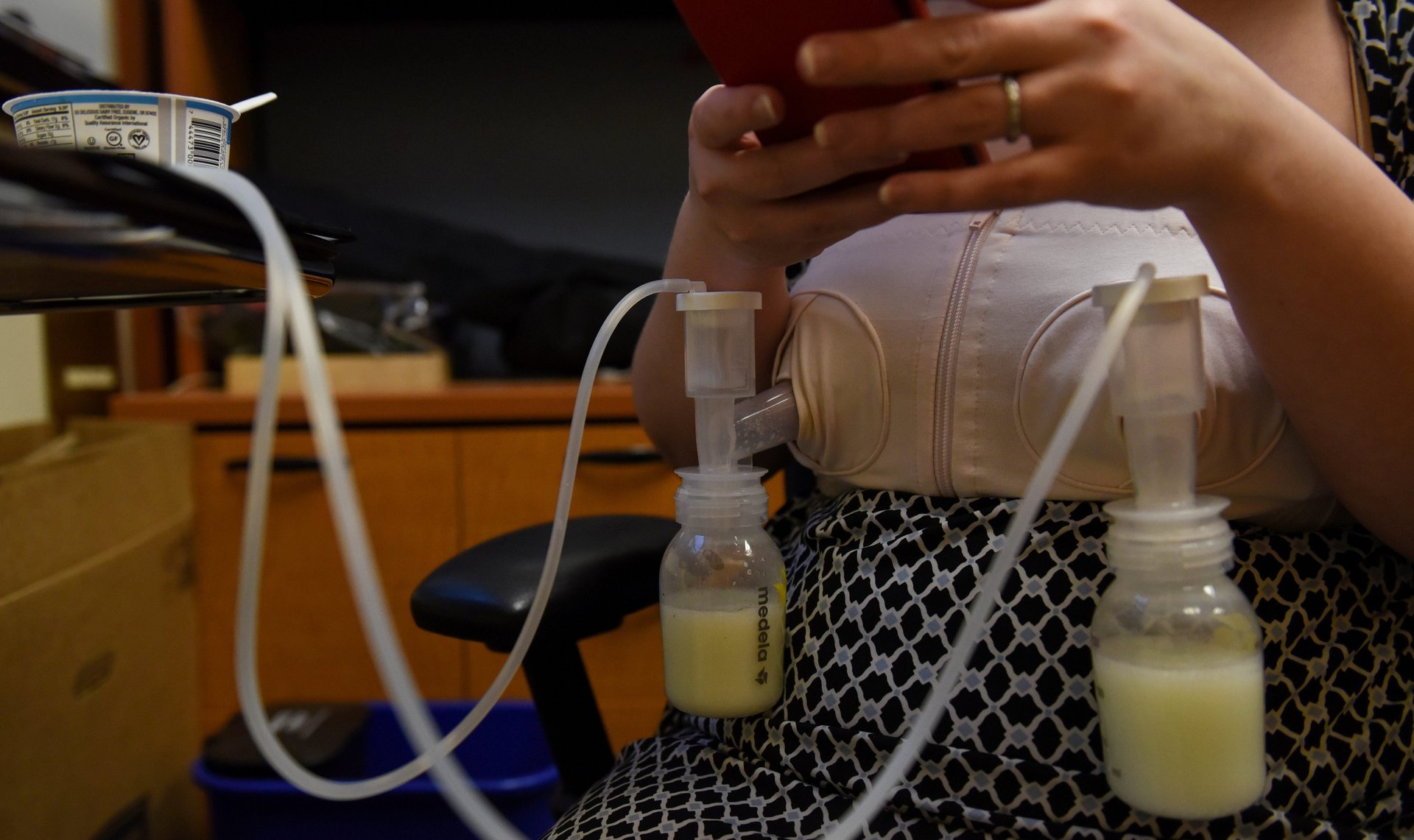The most challenging part of maternity leave is how to come back
Working moms need maternity return—not just maternity leave. Having lived through the highs and lows of balancing a career with motherhood for most of my own professional life, I believe leave should be just one part of a much more comprehensive maternity plan.


Working moms need maternity return—not just maternity leave. Having lived through the highs and lows of balancing a career with motherhood for most of my own professional life, I believe leave should be just one part of a much more comprehensive maternity plan.
As many working moms know, the hardest thing about maternity leave is not being away from your job for a few weeks or months. The bigger challenge, for many of us, is coming back.
Mothers reentering the working world rarely find the logistical or personal support they need to continue to thrive in a career. All the normal stress of work is now compounded with baby logistics and the pressure to catch up on work, along with the guilt of being away in the first place. This is all while losing an average of an hour of sleep a night—and what sleep new mothers do grab is often fragmented and much lower quality, and may not return to normal recommended levels until six years after the birth of a child. (Adoptive parents face similar sleep and anxiety issues, it should be noted.)
Any company that truly cares about the women in its workforce therefore needs to be thinking beyond the maternity leave period itself to ensure that support exists when it matters most: when new moms are reentering the workforce.
The to-do list
There are some simple steps companies can take to help mothers return to work.
- Put guidelines in place—and use them. Companies should have well-defined policies regarding maternity leave. But empathy must also prevail. Every pregnancy and path to parenthood is different, and human-resource leadership must be prepared to work with every woman to help develop a personalized plan.
- Create a plan for returning moms before their leave begins. Managers should work with employees to ensure there’s a sensible return plan in place before mothers begin their leaves. We can’t afford for return plans to be an afterthought. Having a plan helps to ease the near inevitable uncertainty and trepidation about making a return to work, especially during a period when mothers and mothers-to-be are particularly vulnerable to psychiatric disorders.
- Foster safe, supportive places for moms, by moms. Handbooks and HR guidelines on parental policies are just a preliminary step. Mothers and mothers-to-be should know who they can go to with questions or problems, or who they can consult for a midweek pep talk. Companies should help establish support groups for moms that help working mothers throughout their careers.
- Eliminate working-mom guilt. This is the most important, and most difficult, step in creating and maintaining a healthy workplace culture for parents. Have you built a culture that truly values and respects all employees, at every stage in life? Have you instilled empathy for people who believe in having a strong, loving family life and a fulfilling career? This is the true test of your company culture.
Working moms then and now
It may not seem like it some days, but the battle for working mothers has advanced quite a bit in the last few years. In the 1990s, I was laid off from a job while on maternity leave. Today, that sounds inhumane, but back then few people blinked. Clearly we’ve been making progress.
More American moms with kids under 18 are now working: seven out of 10 in 2015, compared with less than half that in 1975. In the US, the Family Medical Leave Act allows 12 weeks per year of unpaid leave to care for family members, and a few states have gone a step further to mandate paid leave. The business world is coming around, too: In a Mercer survey of more than 420 US employers, 40% said they offered paid parental leave in 2018, compared with about 20% in 2015. (Nationwide, only 17% of American workers have access to paid family leave, according to the US Bureau of Labor Statistics, but even that’s up from 13% in 2015.)
That’s the good news. Unfortunately, there’s bad news, too.
Women who are mothers earn less than other women, even when they have the same experience and education. This widens the gender wage gap, where, even in 2018, women’s income was only 85% the income that men earned. A quarter of working mothers surveyed in 2016 said taking leave following birth or adoption had a negative impact on their careers; half as many working fathers said the same.
Moms lose 4% of hourly earnings on average for each child they have—whereas men make 6% more. What’s more, pregnancy discrimination claims are near an all-time high and have been increasing over the past 20 years. Plus, 43% of women leave the workforce for a period of time to raise children, and more than one third of women in the US workforce do not return to work after having a child. And a distressing reality awaits many mothers who do choose to return to work, where they are likely to face stigma from employers and co-workers alike.
When you add it all up, maternity leave does little if mothers aren’t supported when they return to work. We need to change the way we view work and motherhood—and by extension, working parenthood as a whole. We can’t just offer maternity leave and leave it at that. It’s time to shift the focus to our maternity-return strategies, so that moms can raise their children with confidence and succeed at work.